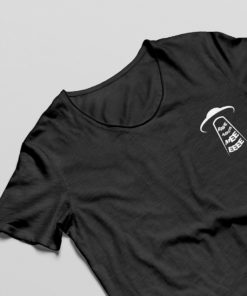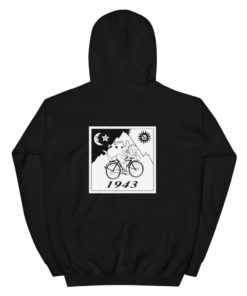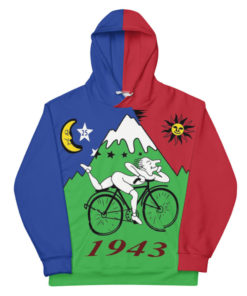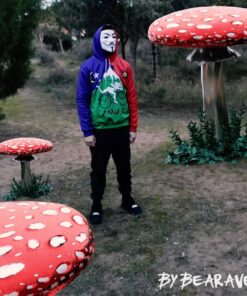Sin categoría
The Rhythm Revolution: The Story of the First Rave
For over three decades, the rave movement has marked our parties and our lives. It resembles ancient rituals where entire tribes danced around the fire, immersing themselves in a trance under the direction of a shaman. But who is the shaman in this case?
THE SCENE AWAKENED
Have you ever wondered how and where the first “official” rave emerged? The answer to this question takes us to a fascinating story that dates back to the United Kingdom.
Imagine this scene: between 1986 and 1988, new music genres emerged in Chicago and Detroit: house, techno, and acid. In those years, electronic culture was supported only by a minority.
In 1987, this movement reached Ibiza from Chicago and then expanded to London, where small clubs began to open their doors, becoming cradles of the electronic scene.
Shoom, A GREAT CLUB
One of these iconic clubs was Shoom, located in the heart of London, with space for 200 people and attracting artists like Carl Cox and Danny Rampling. However, it was Tony Colston-Hayter who revolutionized the way of experiencing electronic music.
Tony, a regular customer of Shoom, grew tired of the difficulties in accessing the club and had the brilliant idea of moving the party to an outdoor location, away from the city. Thus was born the warehouse scene, specifically on October 27, 1988, on an equestrian estate on the outskirts of London, the famous Sunrise.
THE FIRST OFFICIAL RAVE
Sunrise attracted eight hundred people and is considered the world’s first rave. Marketing was carefully done, distributing information at specific points and through the first mobile phones, thus avoiding police attention.
From that moment on, raves spread, taking place in abandoned warehouses, hangars, and houses on the outskirts. As a curious fact, they were initially held near the M-25 motorway, nicknamed the “orbital,” from which the name of the well-known duo arises.
At that time, with Margaret Thatcher in power, such concentrations of people around that “repetitive and diabolical” music would never have been allowed. The secrecy and aura of mystery made these parties even more attractive.
IN '89, THINGS GOT MESSY
But it was in August 1989, in the village of Longwick, southeast England, where more than 25,000 people gathered, reaching the climax of the warehouse movement.
This event led London authorities to extend club hours and grant permits for outdoor celebrations, gradually fading the secrecy and “magic.”
Finally, in May 1992, after a 5-day rave in Castlemorton, authorities, through the Criminal Justice Bill, banned gatherings of more than a hundred people around electronic music. This measure, similar to those adopted in other European countries, remains in force to this day.

 Español
Español










